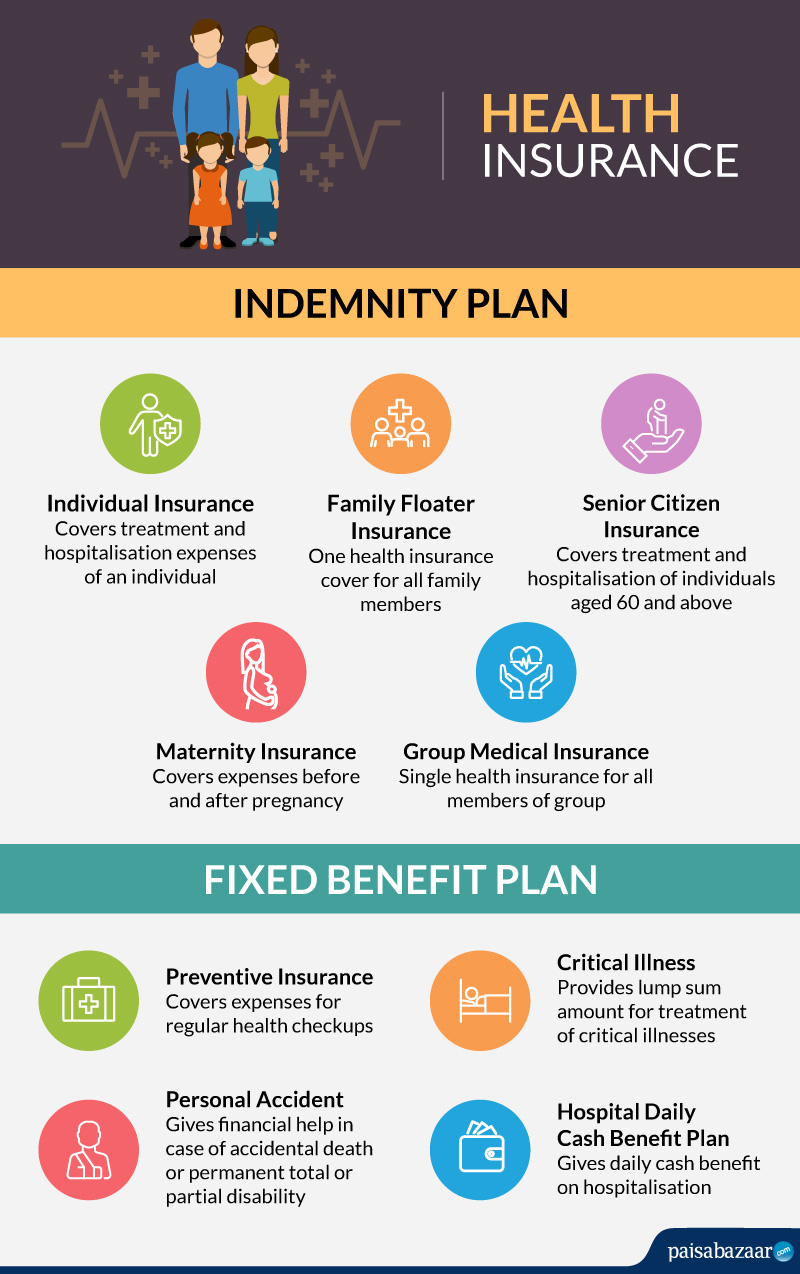Some Known Incorrect Statements About Medicare Advantage Agent
Wiki Article
The Ultimate Guide To Medicare Advantage Agent
Table of ContentsMedicare Advantage Agent Fundamentals ExplainedMedicare Advantage Agent for BeginnersThe 2-Minute Rule for Medicare Advantage Agent

complies with from confusing the reasonably young age account of the without insurance with the better health and wellness, usually, of younger individuals. This covers the web link in between health and wellness status and medical insurance. For those without access to office medical insurance, bad health is a prospective barrier to acquiring nongroup coverage due to the fact that such coverage might be highly valued, exclude preexisting problems, or be merely not available. The variety of without insurance Americans is not especially huge and has not changed in recent times. Seven out of ten participants in a country wide depictive study thought that less Americans did not have medical insurance than really do(Fronstin, 1998). Roughly half(47 percent )thought that the number of individuals without medical insurance reduced or stayed constant over the latter fifty percent of the last years(Blendon et al., 1999). This drop of virtually 2 million in the variety of people 'without insurance (a reduction
of about 4 percent)is certainly a favorable change. With a softer economic situation in 2000 the current reported gains in insurance coverage may not proceed(Fronstin, 2001 ). The decrease in the variety of without insurance will certainly not proceed if the economy remains sluggish and health and wellness treatment expenses proceed to outmatch rising cost of living. This is because the data were collected for a period of solid financial performance. Of the approximated 42 million people who were uninsured, just about about 420,000(regarding 1 percent)were under 65 years old, the age at which most Americans become eligible for Medicare; 32 million were adults in between ages 18 and 65, around 19 percent of all adults in this age; and 10 million were kids under 18 years of age, about 13.9 percent of all kids (Mills, 2000). These quotes of the variety of individuals without insurance are created from the yearly March Supplement to the Present Population Survey (CPS), conducted by the Census Bureau. Unless or else kept in mind, national estimates of people without medical insurance and percentages of the populace with different kinds of coverage are based upon the CPS, the most extensively utilized source of estimates of insurance policy protection and uninsurance rates. These studies and the price quotes they yield are described briefly in Table B. 1 in Appendix B - Medicare Advantage Agent. These surveys vary in dimension and sampling approaches, the concerns that are inquired about insurance coverage
Not known Details About Medicare Advantage Agent
insurance coverage, and the time duration over which insurance policy coverage or uninsurance is gauged(Lewis et al., 1998, Fronstin, 2000a ). Still, the CPS is especially valuable because it creates yearly estimates fairly quickly, reporting the previous year's insurance protection estimates each September, and since it is the basis for a regular set of price quotes for more than two decades, enabling evaluation of trends in protection with time.
The smart Trick of Medicare Advantage Agent That Nobody is Discussing
Over a three-year period starting early in 1993, 72 million individuals, 29 percent of the U.S. populace, were without insurance coverage for at least one month. Within a solitary year(1994), 53 million individuals experienced at the very least a month without insurance coverage(Bennefield, 1998a). Six out of every 10 uninsured grownups are themselves utilized. Although functioning does enhance the likelihood that and one's family participants will have insurance, it is not a warranty. Even members of family members with two permanent breadwinner have nearly a one-in-ten chance of being without insurance (9.1 percent without insurance rate)(Hoffman and Pohl, 2000 ). The connection in between medical insurance and access to care is well established, as recorded later on in this chapter. The partnership between health and wellness insurance coverage and health and wellness results is neither straight neither straightforward, a comprehensive scientific and wellness solutions study literary works web links wellness insurance policy protection to improved enhanced to care, better much betterHigh quality and improved enhanced and population health status. As an example, the second report, on useful content personal wellness end results for without insurance grownups, is stood for by the innermost circle of the figure, while the third record, on household wellness, includes the subjects of the second record yet stresses a different system of analysis, particularly, the family members. The 6th report in the series will offer info regarding methods and efforts embarked on locally, statewide, or across the country to attend to the lack of insurance and its damaging effects. Levels of evaluation for analyzing the effects of uninsurance. This conversation of medical insurance coverage concentrates mainly on the united state populace under age 65 because basically all Americans 65 and older have Medicare or other public coverage.
Furthermore, it concentrates specifically on those with no wellness insurance policy for any kind of length of time. The problems faced by the underinsured are in some respects similar to those faced by the uninsured, although they are generally less severe. Uninsurance and underinsurance, however, involve definitely different policy issues, and the techniques for resolving them might vary. Throughout this research and the five records to follow, the major focus is on persons without medical insurance and thus no assistance in spending for healthcare beyond what is available via charity and safety and security internet establishments. Medical insurance is a powerful factor affecting receipt of treatment due to the fact that both patients and medical professionals react to the out-of-pocket rate of solutions. Wellness insurance policy, however, is neither necessary neither enough to access to medical solutions. However, the independent and direct effect of wellness insurance coverage on access to health and wellness services is well developed. Others will get the health and wellness treatment they need also without medical insurance, by spending for it click out of pocket or seeking it from service providers that provide treatment totally free or at very subsidized rates. For still others, wellness insurance alone does not ensure receipt of treatment due to various other nonfinancial obstacles, such as a lack of healthcare suppliers in their community, restricted accessibility to transportation, illiteracy, or linguistic and social differences. Formal research study regarding without insurance populations in the USA dates to the late 1920s and very early 1930s when the Committee on the Expense of Treatment generated a series of records about funding doctor workplace gos to and hospital stays. This issue became prominent as the varieties of clinically indigent climbed during the Great Clinical depression. Empirical researches regularly support the web link in between accessibility to care and boosted health results(Bindman et al., 1995; Starfield, 1995 ). Having a routine resource of treatment can be taken into consideration a forecaster of accessibility, rather than a direct step of it, when health and wellness results are themselves made use of as accessibility indications. This expansion of the idea of accessibility dimension was made by the IOM Board on Monitoring Access to Personal Healthcare Services(Millman, 1993, p. Whether moms and dads are guaranteed shows up to affect whether or not their youngsters receive treatment along with just how much careeven if the kids themselves have protection(Hanson, 1998). The health and wellness of parents can impact their capability to take care of their kids and the degree of family tension. Worrying concerning their kids's accessibility to care is itself a source of stress and anxiety for parents. Three phases adhere to in this record. Chapter 2 provides an overview of just how employment-based wellness insurance policy, public programs and specific insurance plan run and engage to supply comprehensive but insufficient insurance coverage of the U.S. population. This read this article consists of an evaluation of historical fads and public laws affecting both public and private insurance, a conversation of the interactions amongst the different types of insurance policy, and an assessment of why people relocate from one program to one more or finish up

Report this wiki page